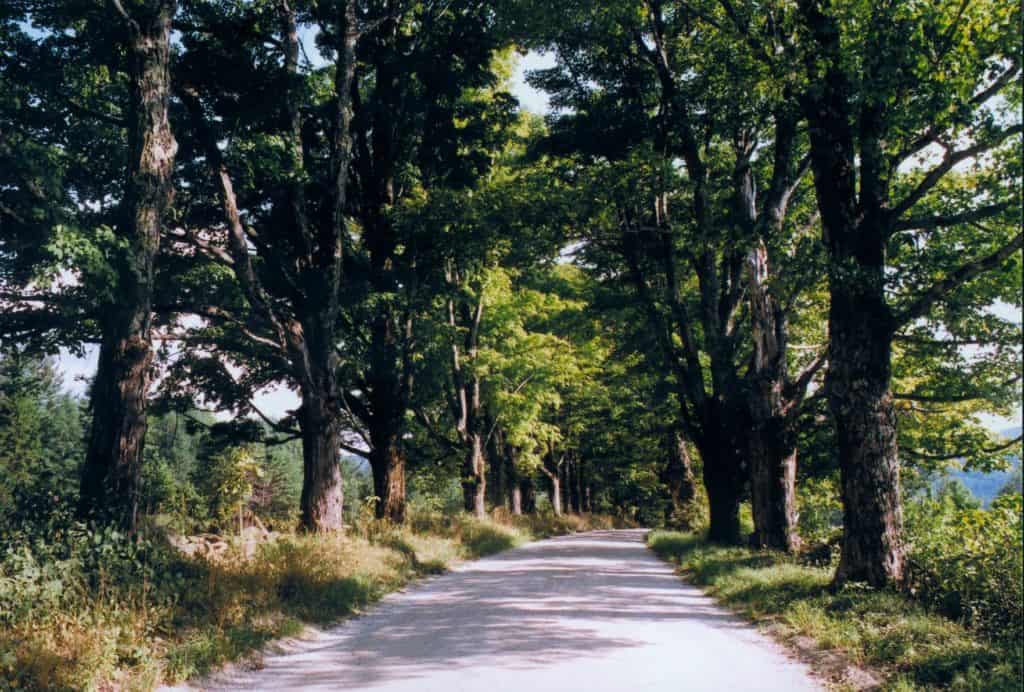
By Gary Salmon
“May” and “shall” are found on legal documents and for us laypersons mean “can” and “must.” These terms are important when reading H.673 which Governor Scott signed into law on Oct. 8 and became “the law of the land” effective Nov. 1. The legislation modernizes the existing tree warden statutes which have not been updated since 1969. This three-year effort supported by a wide group of “tree organizations” clarifies tree warden duties, defines terms like “shade tree,” “public places” and “public ways,” and solidifies the relationship between tree warden and the governing body of the municipality.
Only half of Vermont’s towns have tree wardens so “can” supercedes “must.” However, a couple of key changes may encourage other towns to appoint a tree warden.
Shade tree is now defined as “those trees that have been planted by a municipality or that are otherwise designated by the municipality through the development of a shade tree preservation plan.” This refers, of course, to trees planted in either public places or public ways controlled by the municipality.
Town greens, recreation areas and parks are public places while town forests are not.
Public ways are existing town rights-of-way that have been the focus of tree warden duties for nearly a century and form, via trees along the roads, the character of miles of town roads throughout rural Vermont towns.
The shade tree preservation plan is now the mechanism for documenting a community’s tree program, the jurisdiction of the tree warden, and any municipality-specific processes for shade tree removal. Ironically the creation of a shade tree preservation plan uses one of the legal terms, “may,” rather than shall, in directing a town’s interest (or not) in managing its newly defined shade trees.
The new law also giveth and taketh away the use of the public meeting. Because the emerald ash borer is considered an infestation of statewide proportions, the law allows the tree warden to designate ash for removal without having a public meeting. The law, as it should, does require a public meeting for the review and adoption of a shade tree preservation plan.
Word about this new law travelled fast as I very quickly got comments from the town clerk, one interested citizen, and the Conservation Commission, making sure the tree warden was aware of H.673. The selectboard was aware of it and supplemental info has been provided as well. A Google search of Vermont tree warden changes 2020 will provide any and all information regarding the new tree warden law as well as highlighting the changes.
If a shade tree preservation plan is in your future it is likely to require more than the tree warden. It may be necessary to make this a group project (dare I say a committee of interested citizens). It can be as detailed as the community wishes or needs it to be (plan details are still being worked out). A plan “shall” be necessary if a town wishes to continue to manage road side trees and “must” reflect the interests of the town and its citizens in implementing our new tree warden laws.
So like a new Christmas each year, this is all new to all of us. Get on board.




